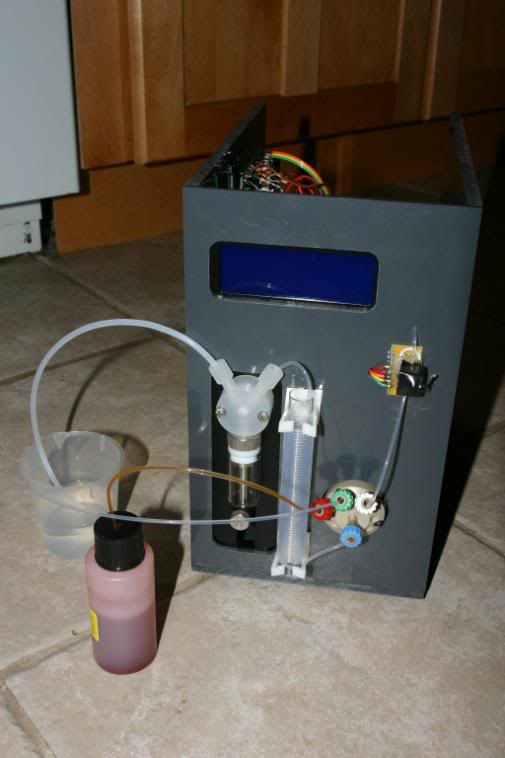- Joined
- Oct 6, 2015
- Messages
- 899
- Reaction score
- 1,269
Very good PointIt depends on how you *show the numbers*
For example, in our case with KHG, they mentioned 20ml sample volume. Let's assume we want to perform near continuous analysis and sample every 15 minutes on a 100G system. Using your numbers above (0.0002 dKH drop for every 10ml of fully neutralized sample), this will result in a whooping 0.27 dKH drop in 7 days if dumped back into the system. Not insignificant...
In one of my previous designs I was allowing a possibility of dumping waste back into the system, but the sample volume was 1.0 ml and I wanted to do hourly sampling.
On a side note, one would probably don't want to dump a sample spoiled by pH indicator back into the system in case if its colorimetric machine. It definitely smells toxic to me
Thanks,
Kirill



















